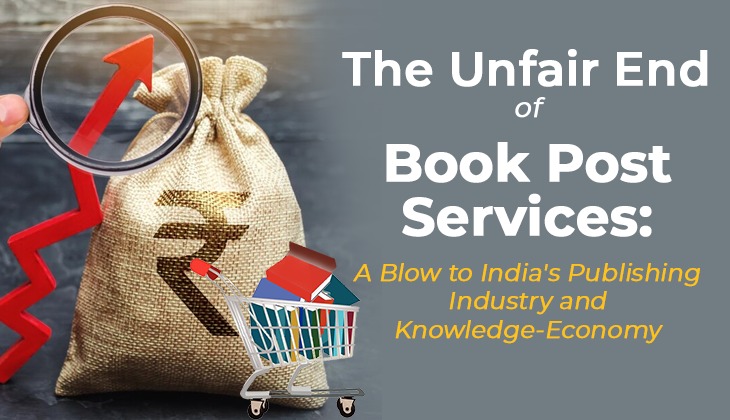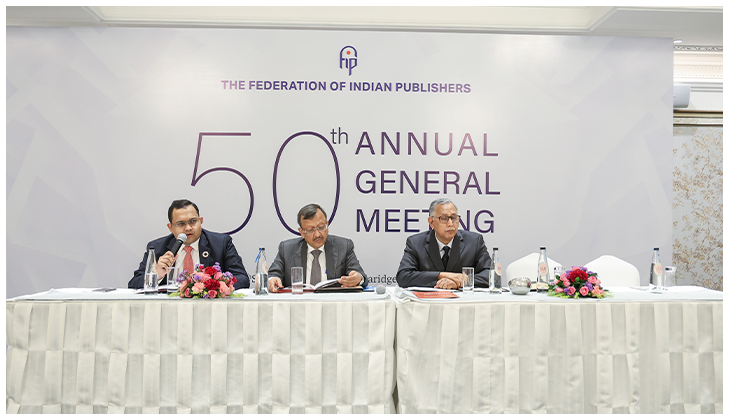With the global pandemic of COVID-19 taking over the world, a lot has changed when it comes to academic and non-academic operations. We cannot evaluate pre-COVID-19 and post-COVID-19 timelines at once since there has been a paradigm shift in our operational life. The extensive closure of transportation, retail outlets, bookshops, and supply chains taught us to adopt a new way of living. And here is when technology became our saviour and the last resort. The ceasing of operations also impacted the publishing industry, and we learned to be more agile with technological assistance.
A large portion of book sales happened predominantly from the bookstores from pre-covid times, but now they mostly choose digital channels like e-commerce sites. If we study the statistics of e-book sales, we can deduce that the trends have tremendously changed from early 2020 to 2022. Previously, 2/3rd of the total book sales were from different bookstores, but now the trend is continuously declining. The physical libraries are also dealing with their hard times as many have been closed during the dreadful covid days. The printing press industry is another part of the world that has faced a similar problem as several presses had to be shut down due to a lack of newspaper readers during the pandemic.
When it comes to the prime trends seen in the publishing industry during the pandemic, we can put light on six prime changes. A shift from offline to online sales, transformation in the distribution system, the pattern of content consumption, an upsurge in the self-publishing process, models of a digital subscription, and the role of book marketing. Each one of these trends has brought a change in the publishing pattern. Even though the demand for physical bookstores has dipped down, the content is still valued by readers. They want the printed version of the books to be available through online means. So, we not only work on availing e-books to our readers but also emphasise collaborating with e-commerce facilities like Amazon and Flipkart to help the books reach ardent readers.
This difficult phase has been a learning experience for the publishing industry as a whole. And to be prepared and get back on our feet, we have made a future roadmap with critical strategies. We are cooperatively working with e-commerce firms to make full-scale online sales rather than sticking to offline means. With that, we are also attending to the needs of virtual publishing as it is a necessity for effective monetisation from various online revenue streams. We are also establishing paywalls to assess the parameters and statistics of online traffic. Plus, we are improvising on our content acquisition planning and processing to securely and effectively distribute the content of books.
The role of technology in publishing in India post-pandemic cannot be understated. With the rise of digital media and the increase in online publishing, it is clear that technology will continue to play a significant role in the publishing industry. As we enter a new era of publishing, it is crucial to embrace the change and adapt to the new landscape to be a leading player in the global market.



